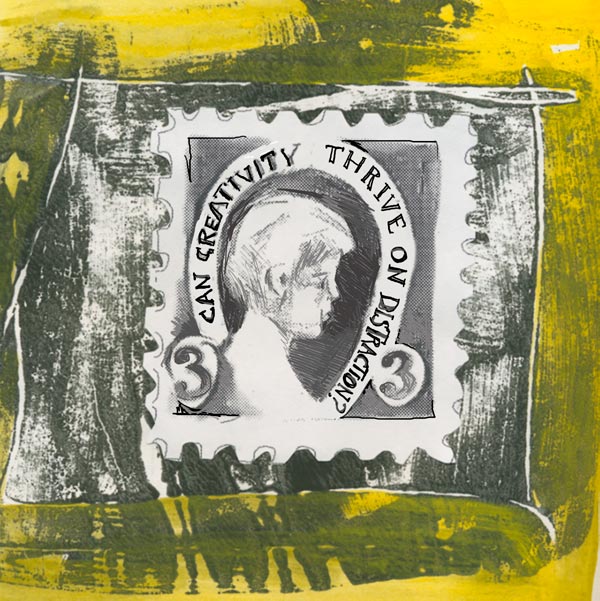
The night after the inauguration I downloaded my photos of the crowds on the mall. Images of the quilts that women wrapped themselves in along with photos of Obama and his family infiltrated my dreams. The hats with Obama's name the t-shirts that said, "yes we did," flashed before me again and again . And then Amanda's black gloves floated in front of my eyes with the words inscribed on each finger... hope and change.

The lines
of Elizabeth Alexander's poem invited me in. A friend suggested we memorize it and
that idea pushed my attention. Collages give me a reason to copy compulsively,
line-by-line, and layering color adds inspiration. Cutting, pasting, cropping, and
seeing contrast made it illegible. all of which led me to make a poem-inspired series of
text plates.
 I have learned to bump into the world in words. Intuitively, I translate the
planet in images and movement. I roll my clay into flat sheets like pie crust.
I layer the raspberry red earth with a coat of creamy white slip. And then I inscribe
it with the velvet and spinney words of Alexander's poem.
I have learned to bump into the world in words. Intuitively, I translate the
planet in images and movement. I roll my clay into flat sheets like pie crust.
I layer the raspberry red earth with a coat of creamy white slip. And then I inscribe
it with the velvet and spinney words of Alexander's poem.  The language is whispered and
declaimed in my scratching scrawl. Considered as expressions, each line is copied as they are committed to my Swiss-cheese memory. I cross the gravel road and pound these pancakes of clay
into vessels for deep ideas. We are walking with raw materials into that which
we cannot see. I am hand lettering these words into plates to place them at the
kitchen table, shrine of the everyday. The sharp sparkle of winter light has inspired new equipment to
be made, new sentences begun. I have moved past the brink and am walking
forward into the reflected light of an icy morning.
The language is whispered and
declaimed in my scratching scrawl. Considered as expressions, each line is copied as they are committed to my Swiss-cheese memory. I cross the gravel road and pound these pancakes of clay
into vessels for deep ideas. We are walking with raw materials into that which
we cannot see. I am hand lettering these words into plates to place them at the
kitchen table, shrine of the everyday. The sharp sparkle of winter light has inspired new equipment to
be made, new sentences begun. I have moved past the brink and am walking
forward into the reflected light of an icy morning.






